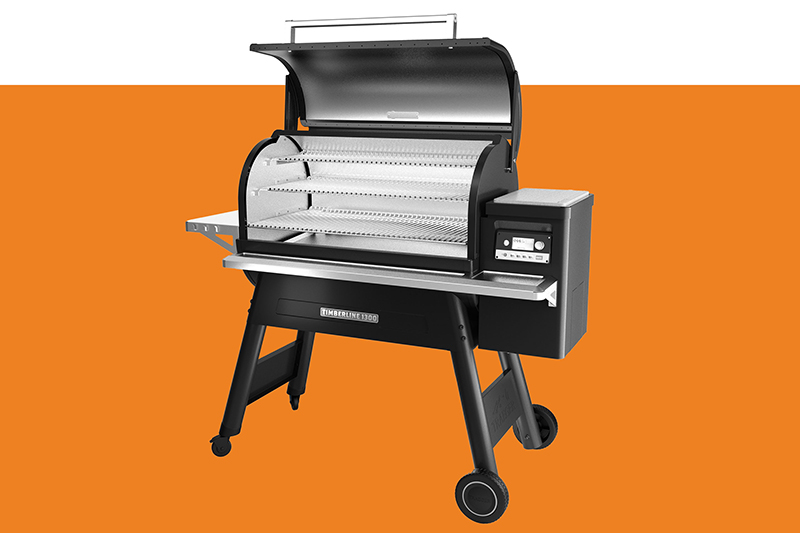燒烤APP勢(shì)頭正猛

|
美國(guó)人對(duì)燒烤的熱愛(ài)一如既往,,跨越文化和時(shí)代,。然而現(xiàn)如今,后院里越來(lái)越多的燒烤大師傅一手執(zhí)鉗,,一手緊握智能手機(jī)應(yīng)用程序,。感謝新一代“智能烤架”,讓人們可以坐在屋子里甚至是汽車?yán)锛?xì)心料理,,讓烤肉慢慢飄香,。 Traeger是燒烤界新秀,這家位于鹽湖城的烤架制造商生產(chǎn)的木屑顆粒電動(dòng)烤架售價(jià)800美元起,,承諾“數(shù)控對(duì)流”加熱,。該公司的首席執(zhí)行官杰里米·安德魯斯表示,基于手機(jī)應(yīng)用程序的烹飪方式給人們帶來(lái)了方便,,甚至還帶來(lái)了社交網(wǎng)絡(luò)元素:“應(yīng)用程序中包含游戲模式,,就像騎自行車時(shí)使用[里程跟蹤應(yīng)用程序] Strava一樣。你可以登錄進(jìn)去,,看看附近誰(shuí)烤的肋排最多,?!?/p> Traeger不是唯一一家瞄準(zhǔn)高科技燒烤的公司。豪華型燒烤用品制造商Lynx的高端型號(hào)售價(jià)高達(dá)10,000美元,,提供iOS和Android版本的SmartGrill應(yīng)用程序,,而生產(chǎn)固定型三腳式燒烤碳爐的Char-Broil提供帶有SmartChef Smoker應(yīng)用程序的電子烤架。 根據(jù)Statista的數(shù)據(jù),這些手機(jī)應(yīng)用都出現(xiàn)在燒烤買家的購(gòu)買習(xí)慣發(fā)生緩慢變化之際——這批消費(fèi)者為2016年的美國(guó)市場(chǎng)貢獻(xiàn)了15億美元,。該研究公司指出,,燃?xì)饪炯苷几黝惪炯艿?4%,相對(duì)受歡迎程度下降了3%,,而熏制烤架和木質(zhì)顆??炯芊謩e上升了7%和9%。(財(cái)富中文網(wǎng)) 本文原載于《財(cái)富》雜志2019年6月刊,。 譯者:Agatha |
Americans’ love of grilling is strong as ever, crossing cultures and generations. But these days, a growing number of backyard barbecue chefs are clutching a smart phone app alongside their tongs. Thanks to a new generation of “smart grills,” it’s possible to tend slow-roasting slabs of meat from inside the house or even from your car. Among the barbecue upstarts is Traeger, a Salt Lake-based maker of wood pellet powered grills that start at $800 and promise “digitally controlled convection” heating. According to CEO Jeremy Andrus, app-based cooking offers convenience and even a social networking element: “There’s a gamification angle like what cyclists have with [distance tracking app] Strava. You can check in and see who in the neighborhood is cooking the most ribs.” Traeger is not the only one targeting high tech grill meisters. Luxury barbecue maker Lynx, whose high end model tops $10,000, offers a SmartGrill app for iOS and Android, while Char-Broil—whose tripod charcoal cookers are a backyard fixture—is offering digital grills that come with a “SmartChef Smoker App.” All of this comes amid a slow change in the purchasing habits of barbecue buyers, who contributed to an annual U.S. market worth $1.5 billion in 2016, according to Statista. The research company notes that the relative popularity of gas barbecues, which accounted for 64% of all grills, declined by 3% while smokers and wood pellet grills were up by 7% and 9% respectively. This article originally appeared in the June 2019 issue of Fortune. |













